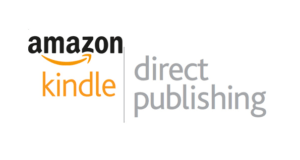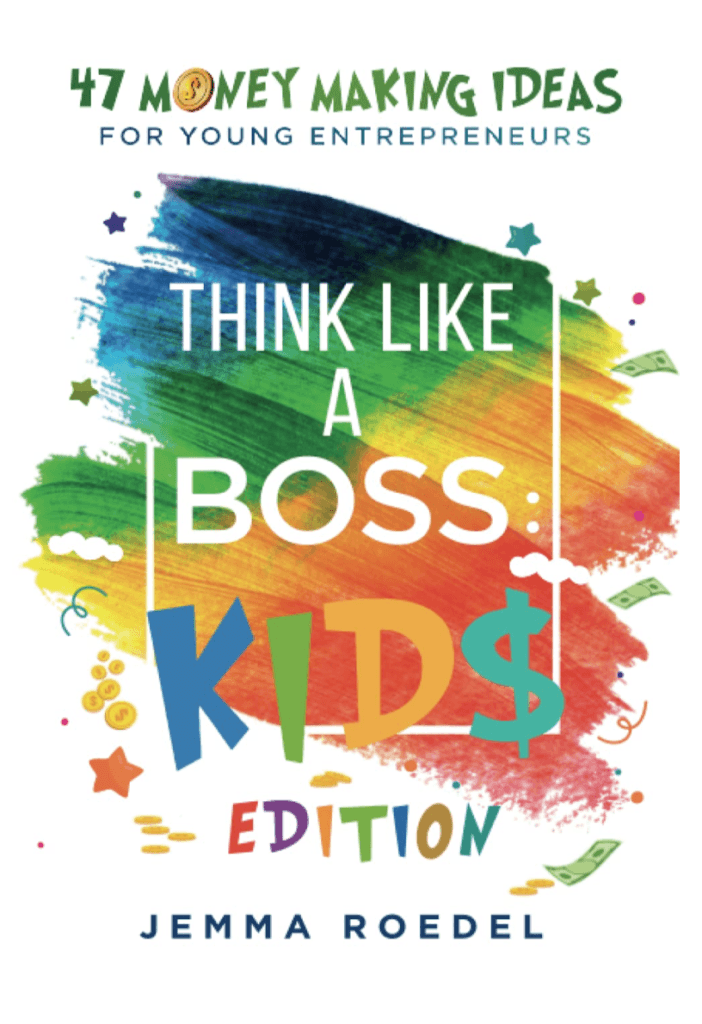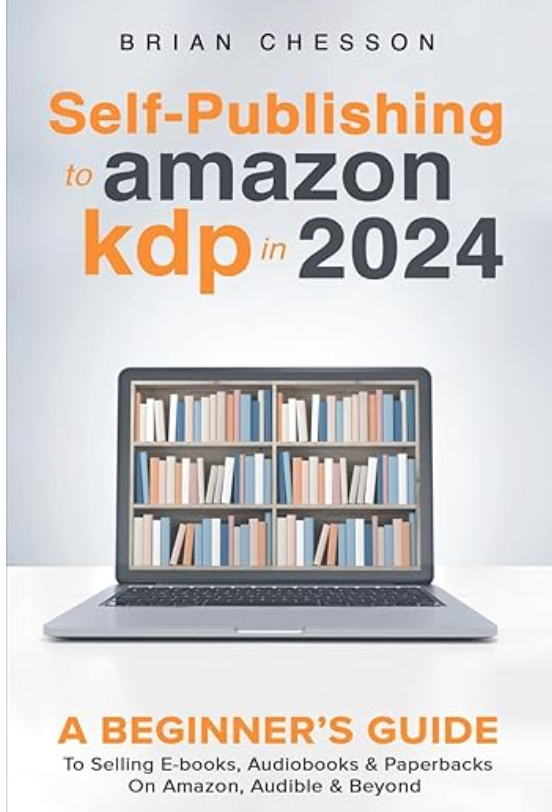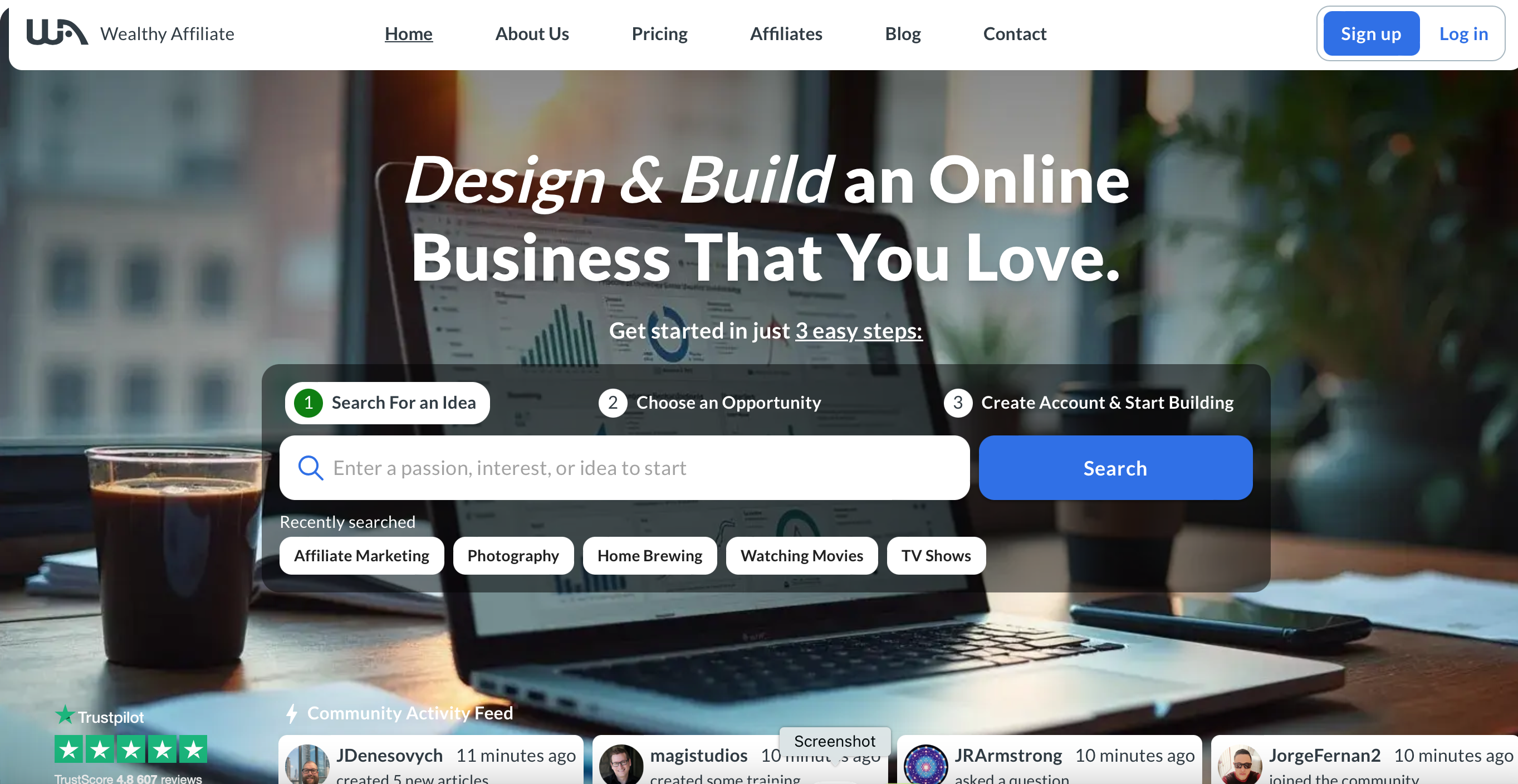A Step-by-Step Guide To Kindle Direct Publishing (KDP)
Kindle Direct Publishing, or KDP for short, is Amazon’s platform that lets you publish and sell your books directly to millions of readers all over the world. Feeling like the next J.K. Rowling yet? But it’s not just for novels; you can publish pretty much anything, including low content books like journals, planners, and coloring books.
In 2022, my partner jumped into the world of low content books and found incredible success. She didn’t have a huge budget or a famous name, just some creative ideas and a bit of determination. Watching her thrive made me curious too. So, recently, I decided to give it a go, but I wanted to target a different audience. While she focused on low content books for kids, I’m testing the waters with educational content for adults. So far, it’s been quite the adventure.
KDP is attractive for several reasons. First, it’s free to use; you don’t pay any upfront costs to publish your book. Second, you get to keep a significant portion of your royalties, anywhere from 35% to 70% depending on your book’s pricing. Last but not least, Amazon takes care of all the logistics — printing, shipping, and even customer service.
Now, why should you consider KDP?
It’s super appealing if you’ve ever dreamed of getting your name on a book cover without going through the traditional publishing grind. Or maybe you want to create a side hustle that could turn into something more.
Either way, the barrier to entry is low, so you can jump in without quitting your day job.
Step-by-Step Guide to Publishing on KDP
Creating a Kindle Direct Publishing account is your first move. Head to the KDP website and sign up using your Amazon account details. If you don’t have an Amazon account, you’ll need to create one. Once logged in, you’ll find the KDP dashboard. This is where the magic happens.
Choose your ‘niche’
Choosing your book’s niche and audience comes next. The more specific, the better. Do some research. Who are you writing for? What problems are you solving? For instance, my partner had success with kids low-content books. I’m going a different route, targeting educational content for adults. Different strokes for different folks, you know?
People always judge a book by it’s cover
Designing your book cover and formatting interior content are crucial steps. Your book’s cover is the first thing people notice. You can DIY it with tools like Canva, or hire a designer if you have the budget. For the interior, make sure it’s clean and easy to read. Tools like Kindle Create can help you format your manuscript properly.
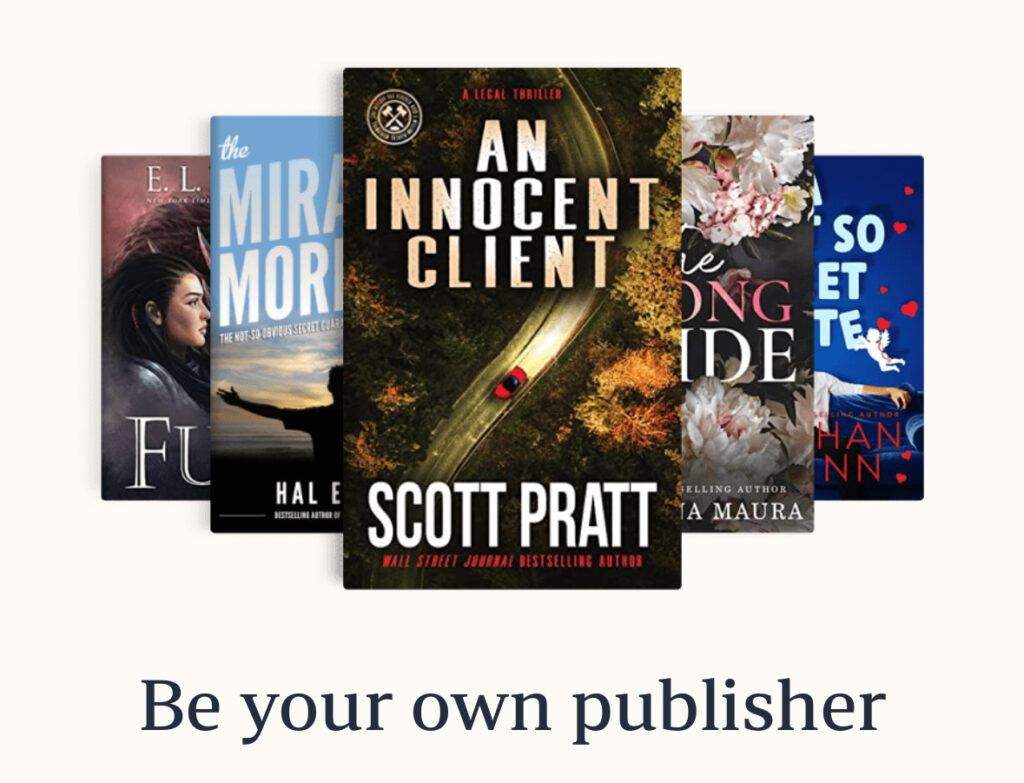
Uploading your manuscript and cover is pretty straightforward. Go to your KDP dashboard, click “Create a New Title,” and follow the prompts. You’ll upload your manuscript (usually a Word doc or PDF) and your cover. There are helpful guidelines and preview tools to make sure everything looks perfect.
Set your price
Setting your book’s price and hitting publish is the final step. KDP allows you to set your own prices, but there are strategic ranges based on your royalty preference. Opt for a competitive price and think about promos. Once you’re satisfied, hit publish!
Your book typically goes live on Amazon within 72 hours.
Marketing Strategies to Boost Your KDP Success
First, let’s talk about your audience. Knowing who you’re selling to is half the battle. Research demographics, interests, and even buying habits. When my partner launched her books for kids, she focused on what parents look for—educational value, fun illustrations, and affordability. Meanwhile, I focused on what adults need: functionality, aesthetics, and usability.
Get it onto Social Media
Now, it’s time to harness the power of social media. Platforms like Instagram, Facebook, and TikTok are gold mines. Share sneak peeks, behind-the-scenes content, and engage with your potential readers. Not only does this build excitement for them, but it also establishes your brand. My partner and I both set up separate Instagram accounts to target our different audiences. It’s been a total game-changer.
Use Amazon’s built-in tools
Amazon has built-in promotional tools that you shouldn’t ignore. Kindle Countdown Deals and free promotions can significantly boost your book’s visibility when you launch. I’ve used Countdown Deals to create urgency and drive sales during launch periods. My partner swears by the free promotions to build initial reviews and readership.
Build the author brand
Building an author’s brand might sound intimidating, but it’s much simpler than you may think. A catchy author name, consistent visuals, and engaging content can do wonders. Blog posts, newsletters, and even podcasts are also fantastic ways to connect with your readers. I’ve found that being authentic and sharing my journey not only builds a loyal audience but also keeps me motivated.
Always experiment
Experiment with different strategies and figure out what works best for you. While my partner puts a big emphasis on email marketing, I find collaborations with other authors more effective. We both agree, though, that a mixed strategy often delivers the best results. Always be open to tweaking your approach based on what the data tells you.
Tips for Sustaining Long-Term Success with KDP
Always keep learning.
The publishing world is constantly evolving and KDP’s features and Amazon’s policies can change. Stay updated by following KDP forums, subscribing to newsletters, YouTube and reading industry blogs. My partner and I make it a habit to set aside some time every week for learning. It’s like refueling your creativity and keeping your strategies fresh.
Diversify your offerings
Diversifying your book portfolio is another great strategy. Don’t put all your eggs in one basket. This can mean experimenting with different genres or formats. For instance, my partner, who initially started with low-content kids books, expanded her lineup to include activity books and gratitude journals. Seeing her success, I tried branching out from educational books to incorporate some fun-themed activity books. Diversification helps in reaching a broader audience and mitigating risks.
Engage your readership
Engage with your readers as much as you can. Reader feedback is invaluable. Always reply to reviews, ask for suggestions, and make improvements based on what you hear. This fosters a strong community around your work and shows readers you’re listening to them. When I receive suggestions, I genuinely consider them, and when actionable, I incorporate those changes into my future books. If you get any negative feedback, use it to improve.
Keep an eye on your data
Monitoring your sales data and adjusting your strategies accordingly is vital. Use KDP’s built-in analytics tools to track your books performance. Look for any patterns, understand what works, and be ready to change tack if something isn’t clicking. It’s a bit like being a detective; the clues to your success are often in the data.
Quality rather than quantity
Quality over quantity can’t be stressed enough. It’s easy to get caught up in churning out tons of books rapidly, but always prioritise the quality. Well-researched, well-designed books have better staying power. I’ve learned from both my wins and losses that readers notice attention to detail. Invest plenty of time into making each book the best it can possibly be.
Visited 11 times

